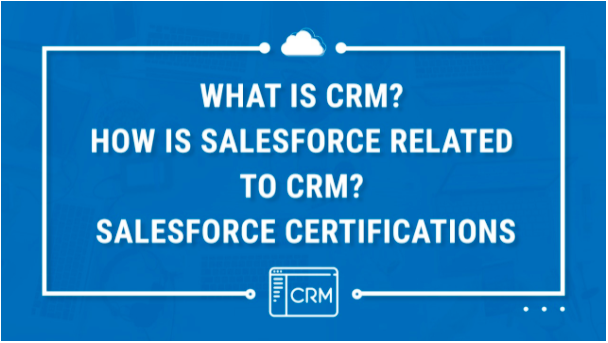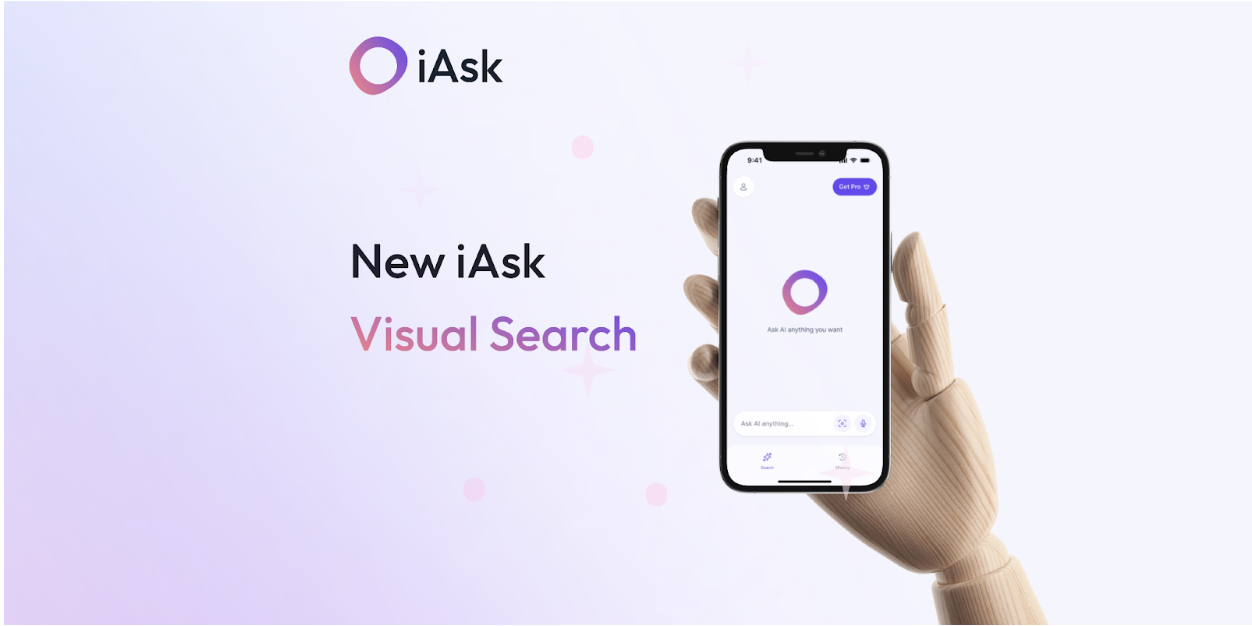Tech
What is CRM? How is Salesforce related to CRM? Salesforce Certifications

What is CRM?
Customer Relationship Management, or CRM, is a platform that can be used by anyone to help improve their interactions with their customers. The modern concept first came into being in the 1980s as businesses started using databases to track customer interactions. However, it can trace its origins to the paper files and records that were maintained by anyone to ensure a personal touch to interactions.
Today’s CRM services are usually hosted on cloud technology, allowing everyone in the company, whatever their jobs and wherever they are, to log in to access and add to records. A modern CRM can manage every aspect of the customer journey, from acquisition and marketing, through to sales, support and beyond.
A well-implemented CRM can improve a company’s bottom-line, helping them to increase sales, but also the customer experience, in turn boosting customer retention.
What is Salesforce?
Salesforce is the world’s leading CRM platform. Used by over 150,000 companies, it is highly scalable, and can grow with a business, even if they become global corporations. A cloud-based CRM, it offers a suite of connected apps, covering marketing, sales, commerce, and customer service.
It also takes advantage of the rich data collected to offer analytics that can be used to boost sales, follow-up with customers and to develop and improve products and services.
It is also one of the most adaptable CRM platforms available. Its Lightning platform makes it easy to create custom applications. And it offers seamless integration with hundreds of other services, and thousands of third-party apps.
Salesforce Certifications?
Like any software or service, it takes a bit of knowledge to get the most of any CRM, even those as well-designed as Salesforce. Anyone looking for jobs working on Salesforce can expect interview questions about certifications.
But training on Salesforce is not just a great way to get ahead in a career, it’s a great way for a business to get ahead as well, ensuring they are getting all they can from their CRM.
Through Salesforce’s Trailhead Academy, there are over forty Salesforce Certifications available, taking users from absolute beginners to Salesforce wizards. These certificates cover every aspect of Salesforce, through five roles: administrator, marketer, architect, developer, and consultant.
Admin certifications will ensure holders can manage their system, helping everyone else get the most out of it. While marketer certification holders can learn how to create unique, targeted campaigns to win customers and sales.
Architect certification training teaches how to design processes to solve problems, while designer certificated staff can amend the UI to make Salesforce as user-friendly and intuitive as possible. And for real power-users, developer certification will prove they have the know-how to extend Salesforce with its Lightning Platform.
Finally, Salesforce offers certification for consultants, showing they can be trusted to who with clients, understand their needs and develop the solutions to address them. Get professional Salesforce certification through practical based training under the guidance of experienced tutors. These Salesforce interview questions will help you further practice.
If you want to get the most out of Salesforce, and see that impact on your bottom line, then getting Salesforce certification is one of the best investments you can make.
Tech
How iAsk Visual Search Captures and Delivers Detailed Insights from the World You See

Byline: Shem Albert
There are moments when the world around you sparks curiosity, yet you do not even know the word for what you are seeing. You describe it in painstaking detail, type and retype, scroll through search results, hoping something matches. Minutes pass, sometimes longer, just to uncover a simple answer. That experience of encountering something unfamiliar and struggling to put it into words is all too common, yet often goes unnoticed. With a single photo, however, everything changes. iAsk Visual Search bridges that gap. Suddenly, the mystery becomes an opportunity to learn, experiment, or act in the moment.
Turning Discovery into Action
Using iAsk Visual Search is simple, yet the possibilities it opens up are immediate. You open the app and snap a photo of the object, diagram, or scene that has caught your attention. Instantly, the app identifies what it sees and provides context, turning a moment of curiosity into a starting point for exploration. From there, you can ask follow-up questions to dig deeper, consider alternatives, or uncover how something works in practical terms.
This goes far beyond basic identification. Where traditional image recognition might simply name an object or offer a brief description, iAsk lets you continue the conversation. It remembers the image, so you can explore multiple layers of information without starting over. What begins as a single observation quickly expands into actionable insights you can apply immediately.
Real-World Applications in Everyday Life
The real test of significance for iAsk Visual Search is how it is used in a user’s everyday life. Novice cooks and experienced chefs can rely on it to identify an unfamiliar ingredient and ask follow-up questions, such as preparation tips, cooking methods, or possible substitutions. Users can experiment with complementary flavors or adapt recipes based on what is available in their pantry, reducing hesitation and encouraging culinary creativity.
A quick snapshot of a street sign, menu, or product label in a foreign language is another way iAsk Visual Search supports everyday tasks. Users can ask follow-up questions to clarify translations, understand cultural context, or receive practical guidance. This enables individuals to navigate unfamiliar environments with confidence and ease.
These examples illustrate how iAsk Visual Search can become a versatile companion in daily life. It can serve as a travel guide, a study aid, or a creative assistant. Artists, crafters, and curious hobbyists can explore materials, techniques, or designs with guidance that is immediate and interactive. Each interaction transforms curiosity into tangible results, empowering users to act on the knowledge they gain instantly.
A Tool That Stands Apart
iAsk Visual Search stands out for its interactive, context-sensitive design. Users can maintain an ongoing dialogue with the app, exploring details without losing sight of the original image. This makes it possible to investigate complex subjects and adapt the information to specific tasks.
Privacy and accessibility are central to the experience. Images are not stored, personal data is not tracked, and there are no ads to interrupt the workflow. The app is available across multiple platforms without subscription barriers, making it accessible to students, parents, hobbyists, and professionals alike.
Curiosity Translated into Results
iAsk Visual Search turns a simple photo into an understanding you can act on. Whether it’s decoding a diagram, identifying an object, or untangling a confusing concept, a snapshot instantly delivers context, explanations, and next steps. It doesn’t just show you — it teaches you, guiding each discovery into something useful.
Every question becomes a chance to learn, explore, or create. From the kitchen to the classroom, the trailhead to the studio, iAsk makes the world clearer and curiosity immediately productive.
Snap. Ask. Learn. Then act. The answers are there. All you need to do is iAsk.
-

 Tech5 years ago
Tech5 years agoEffuel Reviews (2021) – Effuel ECO OBD2 Saves Fuel, and Reduce Gas Cost? Effuel Customer Reviews
-

 Tech6 years ago
Tech6 years agoBosch Power Tools India Launches ‘Cordless Matlab Bosch’ Campaign to Demonstrate the Power of Cordless
-

 Lifestyle6 years ago
Lifestyle6 years agoCatholic Cases App brings Church’s Moral Teachings to Androids and iPhones
-

 Lifestyle5 years ago
Lifestyle5 years agoEast Side Hype x Billionaire Boys Club. Hottest New Streetwear Releases in Utah.
-

 Tech7 years ago
Tech7 years agoCloud Buyers & Investors to Profit in the Future
-

 Lifestyle5 years ago
Lifestyle5 years agoThe Midas of Cosmetic Dermatology: Dr. Simon Ourian
-

 Health7 years ago
Health7 years agoCBDistillery Review: Is it a scam?
-

 Entertainment6 years ago
Entertainment6 years agoAvengers Endgame now Available on 123Movies for Download & Streaming for Free
